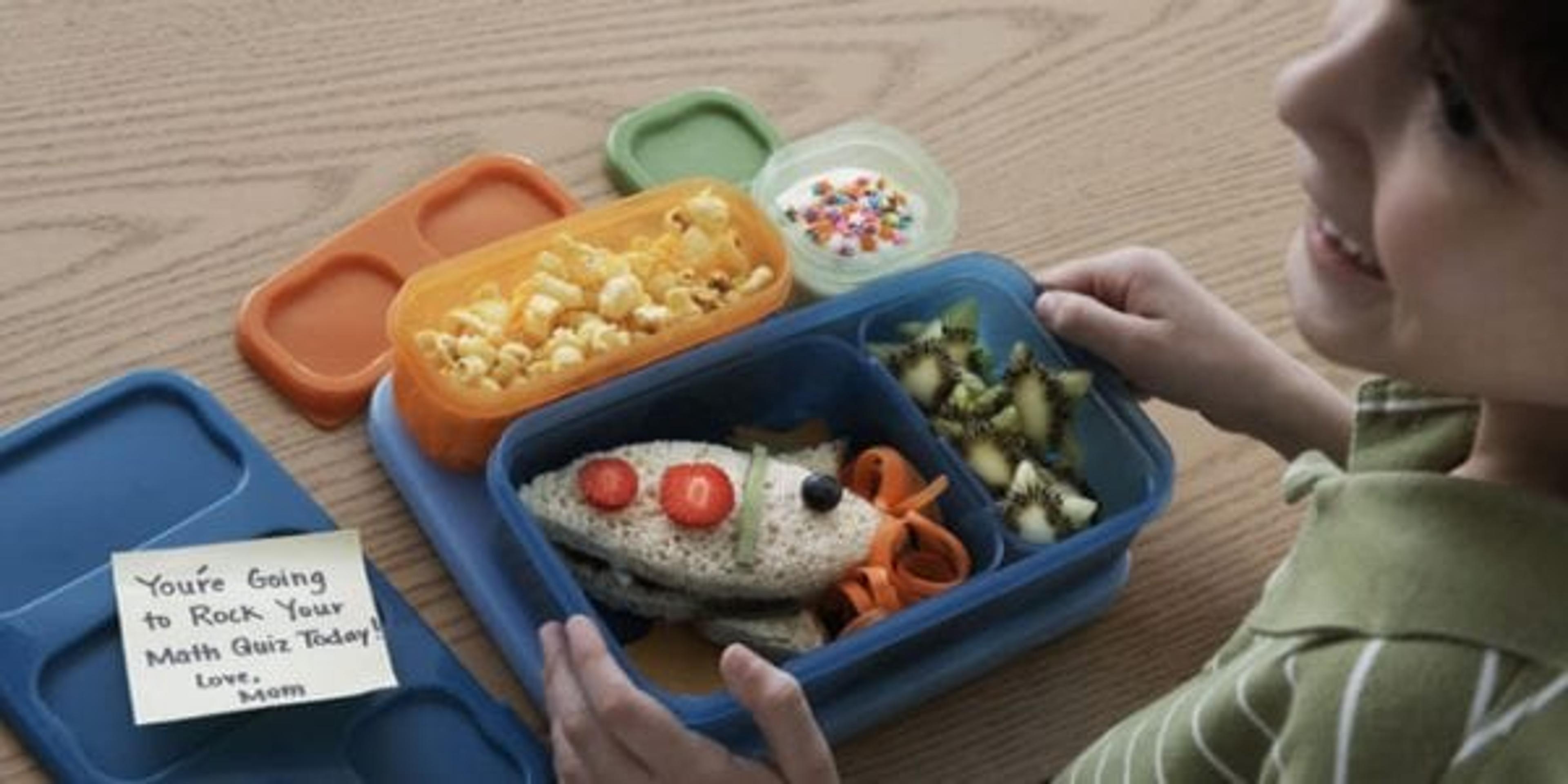A Parent’s Guide to Food Safety

Whitney Hatcher
| 2 min read

Food safety
Do you serve your child’s lunch in plastic containers? Well, it could be extremely harmful for your child’s learning process. Healthy lunches these days are about more than nutritious eats. Although preparing a healthy lunch is important, the water bottles, food storage containers, and lunchboxes used could leach harmful chemicals into your child’s food. When food comes in contact with lunchbox toxicity, the food can start to taste like plastic.
Recent health controversies have created new discussions about the safety of plastics in the food industry.
It’s important to know your plastics because some can disrupt hormones. Manufacturers often add different plastics to lunch boxes to ensure flexibility, strength, and to reduce production costs.
Knowing which lunch boxes to avoid, helps prevent metal and chemical illness in children.
Many lunch boxes are made with PVC (phthalates #7 plastic), BPA (Bisphenol-A) and vinyl lining. PVC and BPA are plastics used to soften and increase the durability and flexibility of containers. These can be harmful because it can disturb the normal, hormonal processes. Studies have shown that children exposed to BPA chemicals had health problems. Health problems that link to excessive exposure of BPA include attention deficit disorder, learning disabilities, impaired brain development, and deformations of the body. The FDA has already banned BPA in children’s bottles and sippy cups.
But, did you know that lead is often used as a stabilizer in PVC and vinyl products for pigmentation purposes in the paint used on lunchboxes? The Consumer Product Safety Commission, tested 60 lunchboxes in 2005, and found that one in five lunch boxes contained hazardous levels of lead. This can be extremely dangerous for children.
- Buy BPA free containers/lunch boxes
- Stay Away from Vinyl lunch boxes
- Don’t microwave polycarbonate plastic food containers. Polycarbonate is strong and durable, but over time it may break down from overuse at high temperatures.
- Plastic containers have recycle codes on the bottom. Some, but not all, plastics that are marked with recycle codes 3 or 7 may be made with BPA.
- Reduce your use of canned foods.
- When possible, opt for glass, porcelain or stainless steel containers, particularly for hot foods or liquids.
To learn more about safe food containers, check out this post.
How safe is your food storage? Do you use PVC and BPA containers? Share your thoughts and experiences in the comments below.
Photo Credit: Rubbermaid Products





